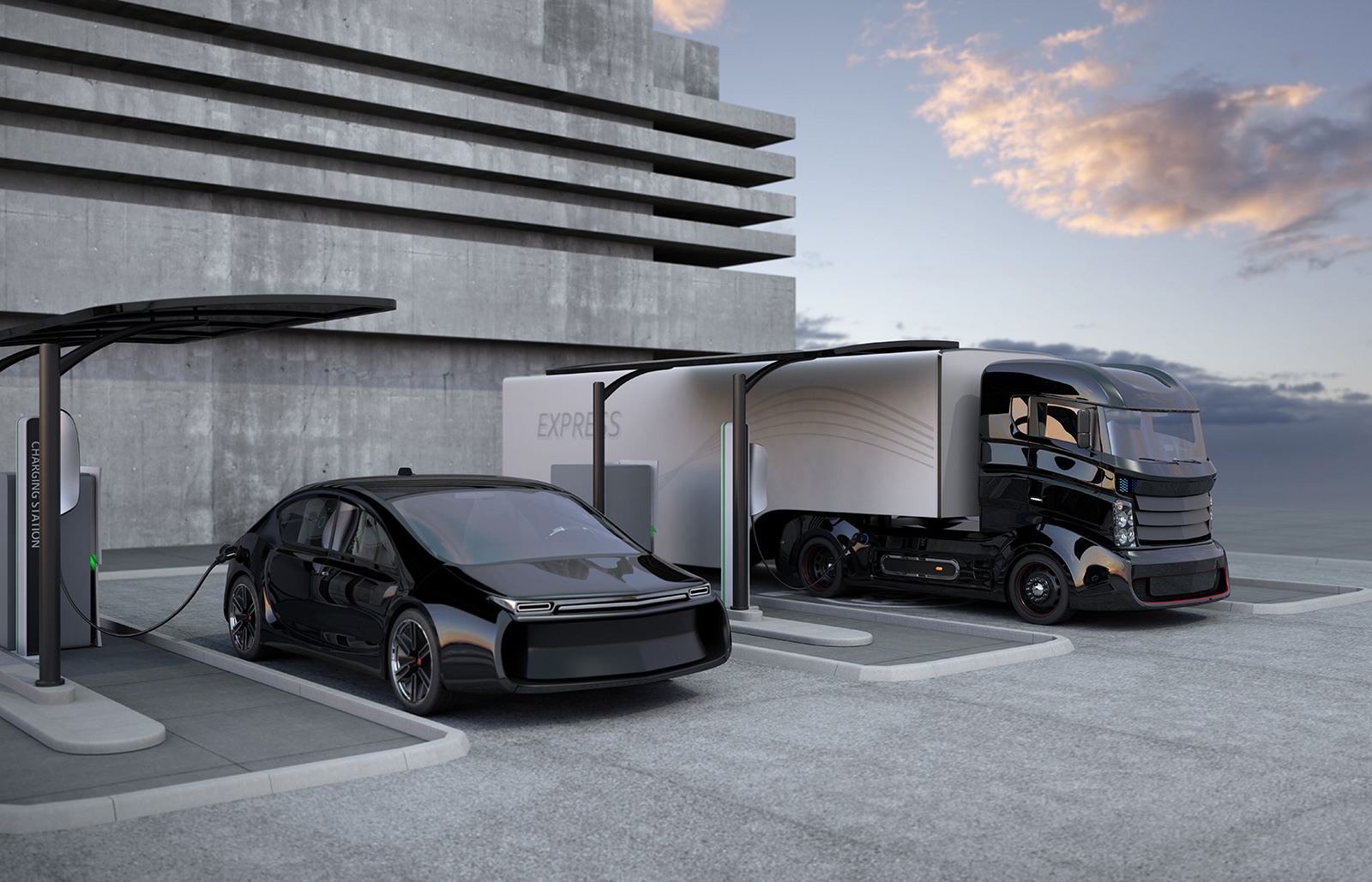Integrated Transport and Energy Modelling (ITEM)
For road vehicles, three possible zero emission technologies hold a certain amount of promise, all of them based on electric motors: battery electric vehicles (BEVs), hydrogen fuel cell electric vehicles, and catenary or other along-the-road electric charging. Assuming that hydrogen is to be produced from water electrolysis, all of these technologies will result in considerably increased demand for electricity and for regional and local grid capacity. More generally, Norway’s electricity supply being almost 100 % based on hydropower, an electrified road sector will imply a rather more complex and profound set of interactions between the markets for hydropower and transport.
The ITEM project aims to determine which policies and measures are best suited to reach Norwegian political targets regarding carbon neutrality and GHG abatement in the transport sector. What are the prerequisites and implications in terms of energy supply, power generation, local and regional grid distribution, and fast charging and hydrogen processing facilities? How can these prerequisites be met? What kind of bottlenecks or opportunities can be envisaged in the interface between the energy and transport market systems? How, and to what extent, can any such barriers be turned into synergies?
The project will apply a two-pronged strategy consisting in (i) an in-depth analysis of Norway’s two most important transport corridors Oslo-Bergen and Oslo-Trondheim, and (ii) a hybrid modelling framework integrating energy system models with improved vehicle, travel and freight demand models, so as to provide enhanced policy support tools.
ITEM have three research partners and nine user partners from electric utility, transport and public administration. The project is coordinated by Institute for Energy Technology (IFE), and with Institute of Transport Economics (TOI) as the main research partner. University of California, Davis is the international reseach partner.
Start: 2018 – End: 2021

